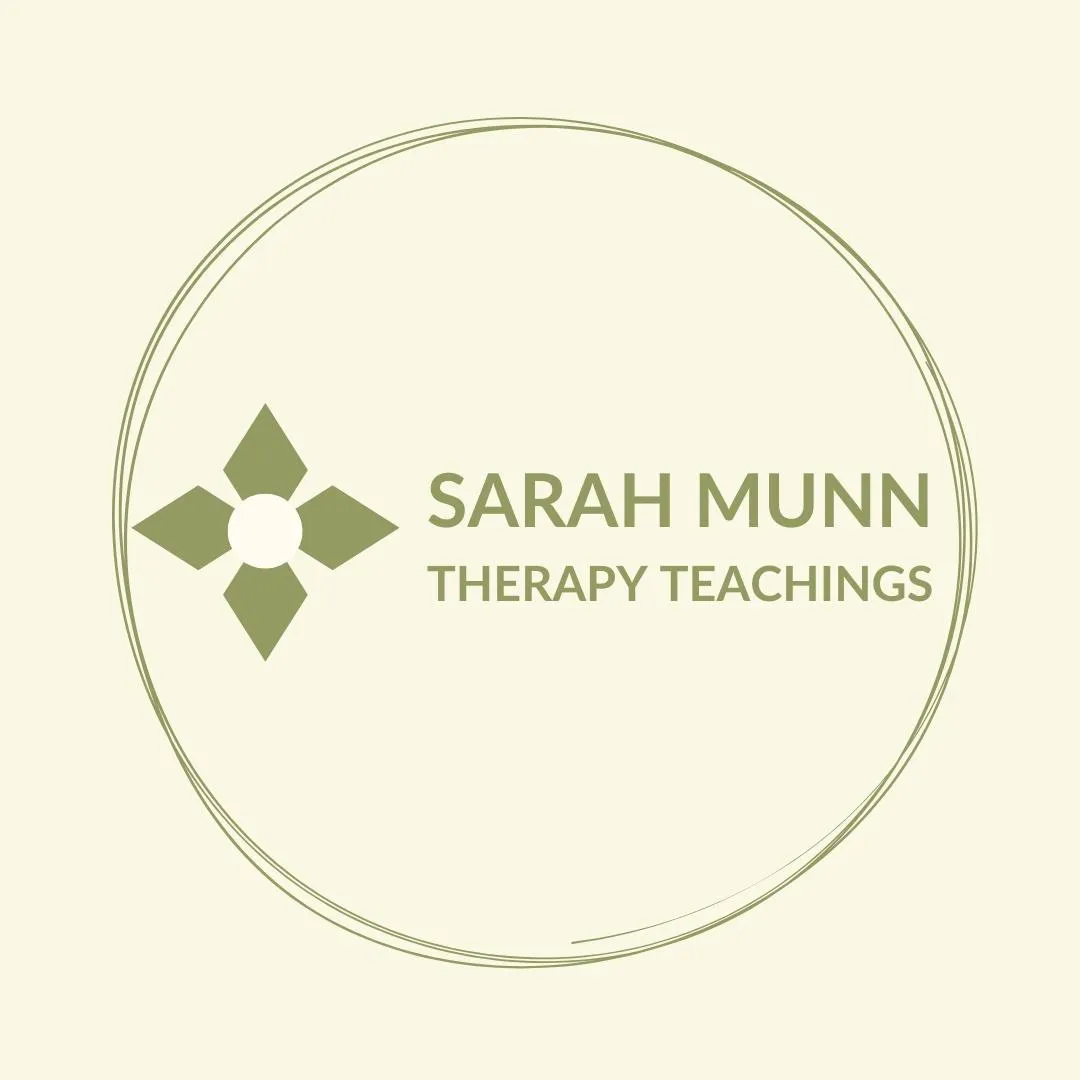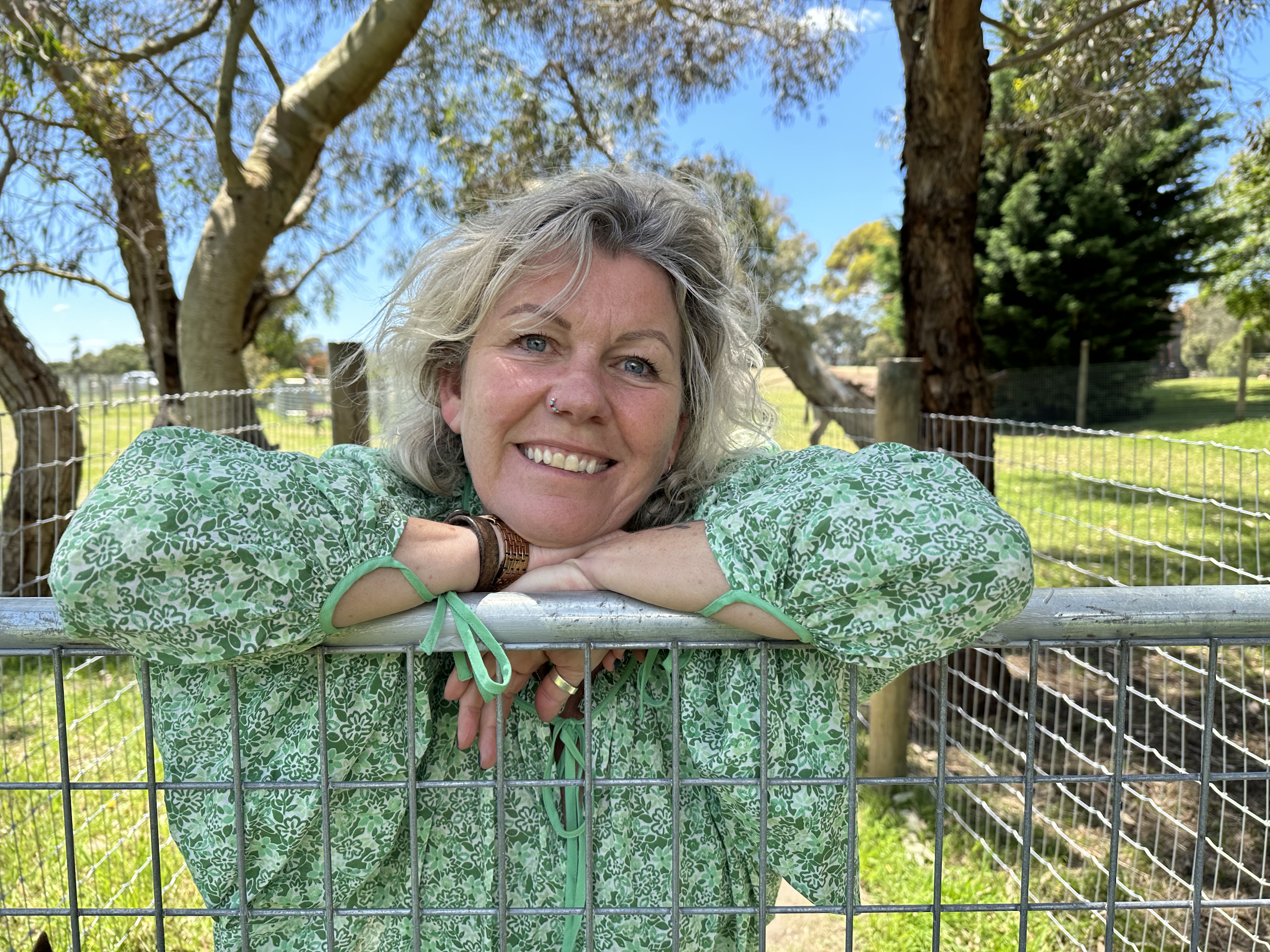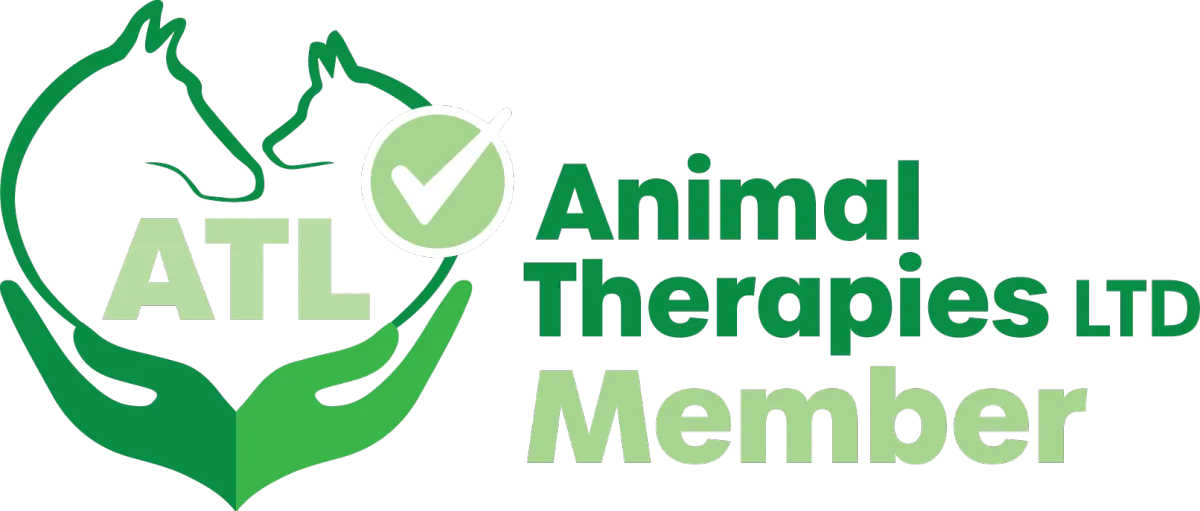Parent Resources
BLOGS
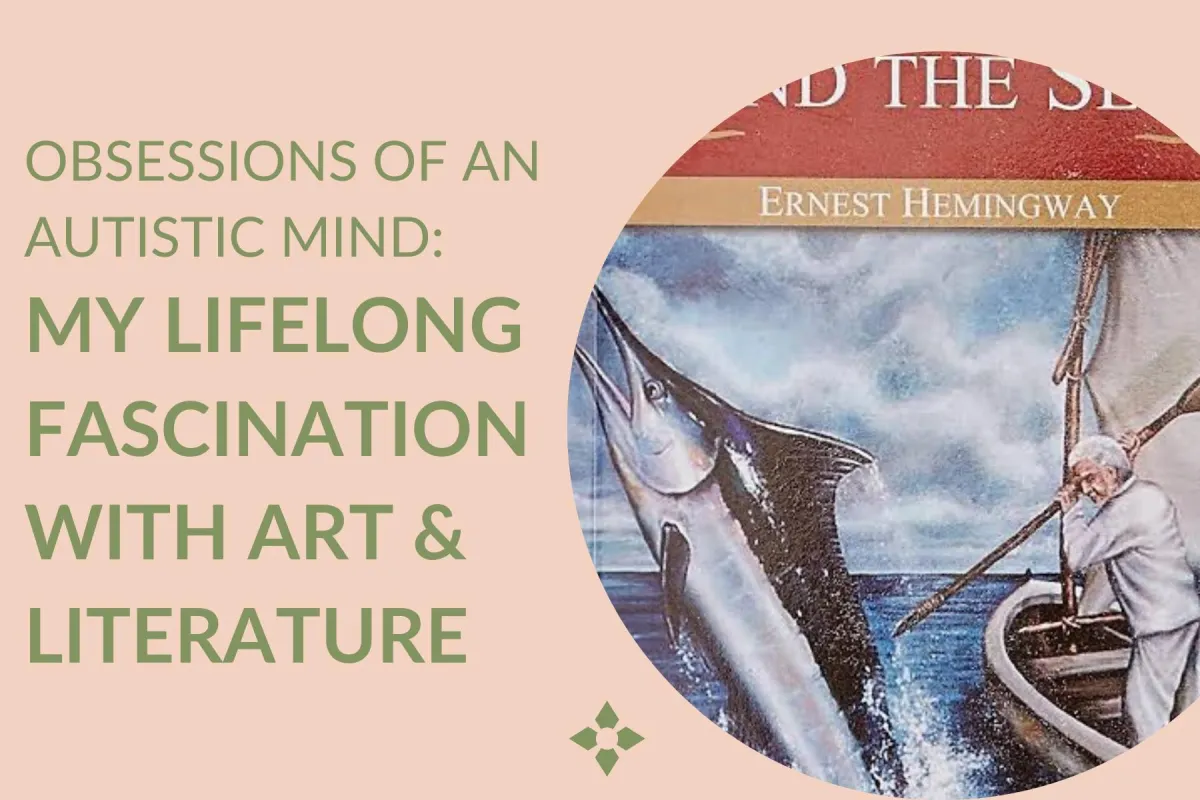
Obsessions of an Autistic Mind; My Lifelong Fascination with Art & Literature
“I sometimes wonder why I was drawn to certain artists and writers. Beyond drawn, let's say I was obsessed with them.”
Early influences
It’s not new, this autism thing. The history of art and literature can tell us a lot about the people who came before us in the pre-diagnostic era. I sometimes wonder why I was drawn to certain artists and writers. Beyond drawn to, let’s say I was obsessed with them. As a child I had special interests relating to books and art.
When I was born, we lived in a corner shop in Salford, a less salubrious area of Manchester, UK, which was very poor in the 1970’s because of the closure of Salford Docks.
There was a wasteland across the road, with stories of children banging on the door in the middle of the night often bruised and burned by cigarettes in search of fags and booze for their parents, or the woman who was hung out of the upstairs window by her hair at the hands of her husband. Domestic violence is nothing new either. The oldest part of marriage most likely, when I think about it. Way more prevalent than knights, white steeds and fair maidens riding off into the sunset. But I digress.
Discovering L.S. Lowry
The reason I mention Salford is that at some point in my childhood I came across the paintings of L.S. Lowry. He has many famous pictures of industrial Salford and the town of Pendlebury near where I lived, including one I became obsessed with called The Cripples.
For years, I would look out for Lowry-style art everywhere and draw simple figures in plight on the streets.
Pride, Prejudice and Autistic Arrogance
I also started reading Jane Austen and read Price & Prejudice about 10 times. I couldn’t really see what was wrong with Jane and Mr Darcy. I loved them and their arrogance, their belief that they were right – that underlying air that said other people are idiots. It resonated with me, and Jane Austin is still one of my very favourite authors.
I have a fondness for autistic arrogance (my phrase), which is usually, actually, social anxiety, and that cool aloofness which Darcy exhibits. And Jane, well, what can I say. Riding around the countryside, getting wet and muddy, blurting out whatever she liked.
My teenage fascination with George Orwell
By the time I was 18, I had read all of George Orwell’s fiction and non-fiction publications. And now I have read biographies. The most recent being Wifedom, which I am currently halfway through. I loved his work, and found much richness and understanding of people which he made so clear and simple. Definitely worth revisiting for me I think, as I haven’t read those for nearly 4 decades.
I now suspect, as do experts and biographers, that Lowry, Austen and Orwell were all autistic. And for galloping around the countryside, riding like a boy and sullying her petticoat, we will also throw in ADHD for our sister Jane.
Similarities to Ernest Hemmingway
One other thing, while I think about it. The first adult novel I read when I was 7 or 8 years old was by Ernest Hemmingway. I found a copy of The Old Man and The Sea in my uncle John’s garden shed in a pile of old books. I sat on the floor under the window and read it from start to finish, until I realised my eyes were straining, it was nearly dark and I should go inside for dinner. I now know Hemmingway had other similarities to me – alcohol dependency (I now abstain) and PTSD.
Recognising the Tribe: finding connection through Art and Literature
I find it fascinating that even at such a young age I could spot my people a mile off. And it reminds me when people say all this is on the increase, that it has always been here among the twice exceptional, quirky, genius types, and that our connections with the work are just another way of finding out tribe.
How wonderful that we can go back through the archives of generations to see these depictions of awkward characters with social mannerisms which were at the time called rude and insolent. I now read with such an eye on these details. I can go back and see everything I was obsessed with as a child with older and wider eyes. And I often find myself – there, in black and white.
BOOK REVIEWS
Hagitude by Sharon Blackie
One of my less evidence-based and more woo woo choices which I recommend to people who are in the depths of the despair we call peri-menopausal, or heading into the more mature years.
Hagitude talks of the wisdom and acceptance of older age as women, and tells the myths and stories that surround us. Often as mothers we have our kids with additional needs at home longer, or forever. And unlike other kids still hanging around at home into their thirties and moving in with their partners, even having babies, some of our kids won't do that. They may not work, or have a purposeful activity every day, they may not drive, or be independent at home.
In these circumstances, that quest for self, for the sense of identity that we lost, for the search and essence of who we are, this acceptance and finding oneself in the greying years can be a magical transformation.
And the story telling in this book is a helpful and interesting addition.
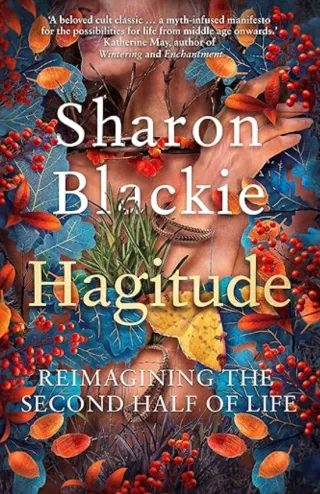
The Well Gardened Mind by Sue Stuart-Smith
This book is an intelligent review of the history of gardening. It has recollections of famous psychologists and artists and the affect that gardens, nature and gardening had on their lives.
From Freud to Winnicott these stories remind us of the inherent nature of gardening within the life of human beings, and the positive and mindful properties of beauty, flowers and the pant, grow, harvest and cycle.
Stuart-Smith takes us back to the first world war and the gardens built among the rubble of the trenches, and to the elderly who cling on to their window boxes and pots to stay present when there is not much time ahead of them.Her addition of photos including, ironically, Freud on his bed in the garden, provide a strong visual to the stories and accounts in the book.
I loved this book for its inspiration to remember that gardening is intrinsically mindful and meditative. There are great examples of garden design which I can include when we make our gardens at the new farm.
I want to create safe spaces where people can feel both safe, protected and free, and Stuart-Smith provides good impetus for this. I want to create spaces where mindfulness will be easier, and where we can engage in activities which allow us to be present. Personally this book reminded me to get outside and get dirt under my finger nails.
A great benefit for me on days when I find meditation difficult due to dissociation which I sometimes experience. I will certainly get my boys in the garden for mindfulness as much as I can. As they get older their interest in my ideas is fading and their own passions take over. But this book reminded me to persist with having them gardening, however dorky and boring they may find it.
Because this is sometimes more accessible than a seated meditation.
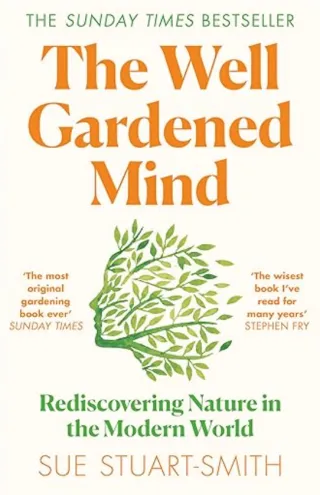
Letting Go - The Pathway of Surrender by David R. Hawkins M.D., Ph.D.
This is a big book in so many ways. It is often referenced, packed with ‘aha’ moments and one of the cornerstones of this kind of modern thinking into our own process of letting go.
If you are working on letting feelings come up, noticing them, not judging them, and learning to let them go, then this is a good addition to your reading list.
Some parts I was a bit, ‘yes I already know this’, but then I would find myself thinking ‘Oh Gosh, that’s me, I can do that differently and get a more peaceful result.’
Well worth practicing these techniques if this kind of thinking suits your mindset. I would be surprised if many people didn’t take something away from this book. But it is long and maybe a good one for an audiobook road trip.
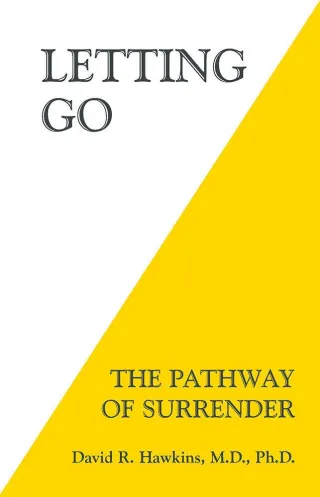
The Language of Archetypes by Caroline Myss
I loved romping through this 12 hour audiobook packed full of archetypes, mystery and magic. Not to mention historical characters, Queens and Goddesses, I now recognise as part of who I am.
If you like pure evidence-based, scientific information this definitely is not for you!But if you don’t mind suspending disbelief a bit, it is quite entertaining and is delivered in the form of her live workshops. Archetypes date back to Plato and were popularised in psychology by Carl Jung.
Caroline adds some modernisation to it all by extending beyond Jung’s 4 and 12, but I wonder if it waters down the pure form too much. Caroline has a quirky manner which is very straight forward.I love her and think it’s hilarious. A touch of that autistic witchy no-nonsense about her.
I can imagine she would irritate some people though.If you want to find out if she is for you she has a lot of short YouTube videos on archetypes you can start off with. I loved it, but I also took it with a pinch of curios, comedic salt.
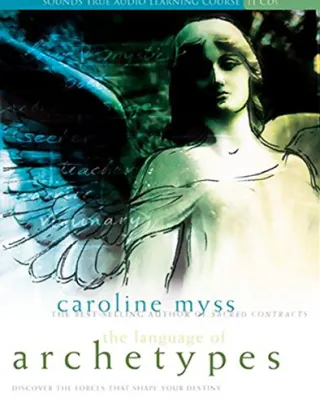
Acknowledgement to Country
We Respect and Acknowledge the Traditional Custodians of Country throughout Australia and their connections to the land, sea and community, and recognise the land on which we work is home to the Bunurong / Boon Wurrung members of the Kulin Nation. We pay our respects to all Elders past, present & future.
We meet the required standards for Insurance and Education.
Farm:
Gadara Farm
470 Boneo Road
Boneo, Vic 3939
Clinic:
Barefoot Therapists
1/16 Henry Wilson Drive
Rosebud Vic 3939
(03) 5981 1120
Sarah Munn Therapy Teachings
ABN 62307340650
Connect with us
We'd love to connect with you on Facebook or Instagram.
